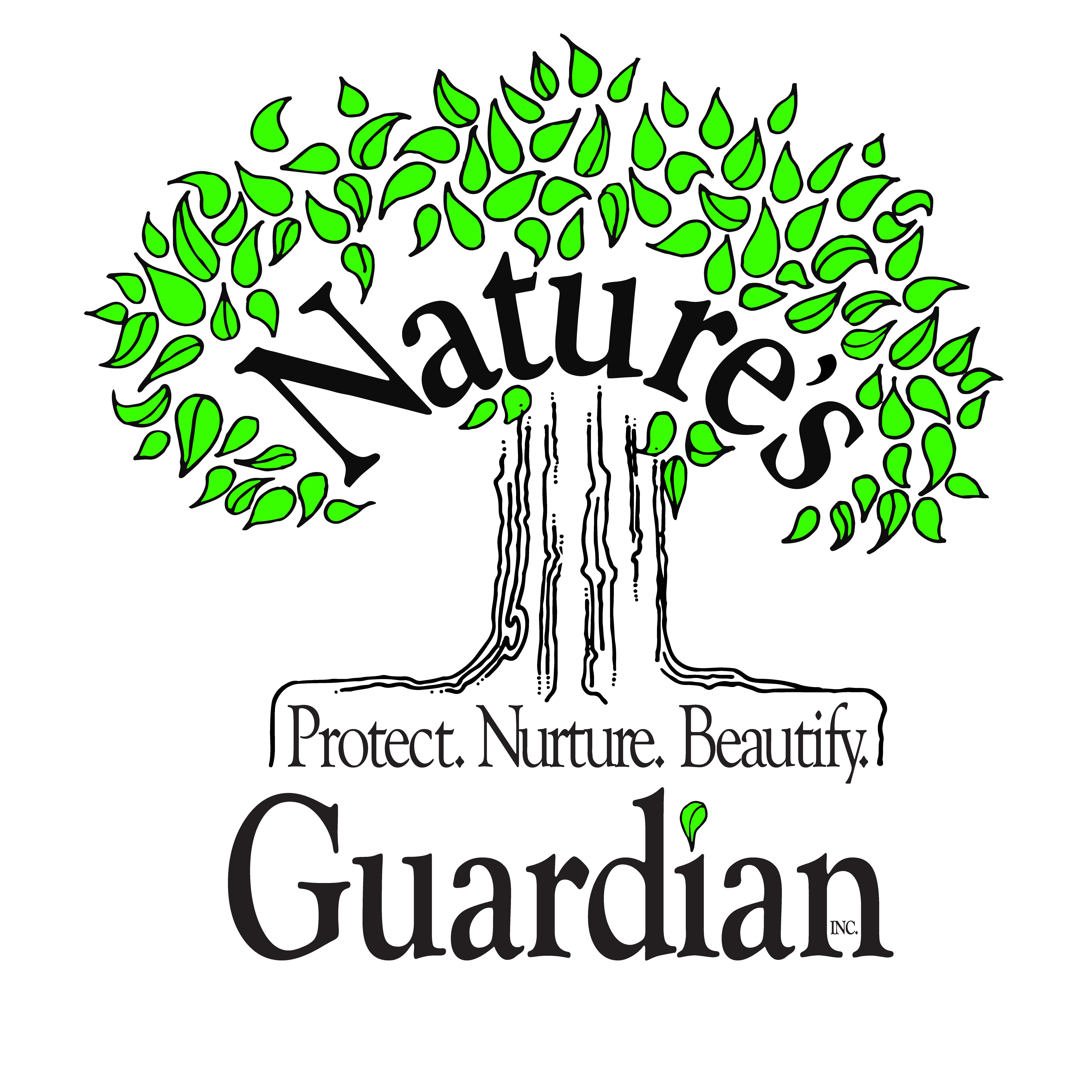Why should I know the type & pH?
Do you know what type of soil you have?
Perform a soil analysis. Take a handful of slightly moist soil and close your fist around it, then open. If the soil falls apart, it is sand; if it briefly holds its shape and then crumbles, it is loam and if it maintains its shape, it is clay. Call us and we can let you know the best way to condition your type of soil.
Soil should also have a proper pH level. Correct soil pH will allow the proper release of nutrients to your lawn, plants, flowers or vegetables. A soil test can determine the acidity level on a scale of 0 (totally acidic) to 14 (totally alkaline). pH levels differ from lawn to plant to flowers to vegetables. For example: lawns, flowers and vegetables do best in slightly acidic soils (6.5—6.9); lilacs, beets and some lilies thrive on slightly alkaline soils (above 7.0); while Azaleas, potatoes and berries like higher acidic soils (5.5—5.9 ). We will be happy to perform a soil analysis on your property to see where the pH levels are at right now and let you know our suggestions to correct them, based on your landscape.
Why do I need and how to install mulch?
Mulch is used to control weeds, keep soil moisture up and maintain soil temperature. Additionally mulches add organic matter and keep micro organisms high within the soil. Pine, Cedar, Cypress, Hardwood and bark mulches are commonly used. Gravel can also be used as a mulch.
When installing mulch, do not allow mulch to make contact with young plants. Allow a 3-5” space away from plant to help avoid disease problems. Push mulch away from newly planted seeds and wait to mulch until the vegetable plants have flowered in the garden. If you are adding mulch to previously mulched area, be sure to loosen up the older mulch before applying the newer mulch on top. Do not exceed a 3” depth when installing mulch.
Take care not to allow mulch to make contact with wooden structures. This will prevent termite problems later on. When mulch installation is completed, remember to water it down completely. This will put moisture in and settle the mulch into place at the same time.
Which annuals do I choose and where should I plant?
When deciding where your annuals will be planted this season, keep these points in mind:
· Annuals prefer warm soil, so plant them after you are sure of the last frost.
· Never let the soil dry out completely.
· Some annuals do well in direct sunlight (Pansies) but others do not (Impatiens). Before choosing and planting, find out where direct sunlight is on your property and which annuals would be best at different locations through out your landscape. Always read the plants recommended usage.
· Consider annual vines to plant around offensive structures. Moon Vine have giant white flowers that open in the evening and Morning Glory open shortly after sunrise. They can camouflage mailboxes, water pumps, flag poles, etc..
